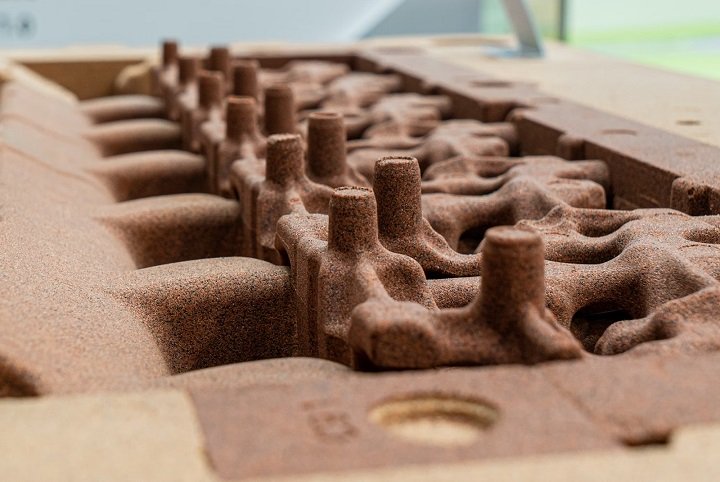In order to produce intricate and extremely precise parts, molten metal is injected into a mold, or die, during the die casting manufacturing process. The process has to be precisely monitored to ensure that the metal is molted in the right way.
Among the many benefits of this technology are its precision, cost-effectiveness, and capacity to create huge numbers of parts with little waste. Die casting is appropriate for a variety of applications since it is frequently utilized with materials including magnesium, zinc, and aluminum.
What Are The Innovations And Trends Shaping The Industry?
Further, with more digitization and automation in the technology, die casting will be more effective, sustainable, and adaptable, thanks to a number of technologies and trends that are influencing the industry as a whole. Know about the applications and use reliable sources like Mag Cast Casting Service to learn about die casting in detail. Scroll down to learn more about the innovations and trends in the industry.
Automation And The Internet Of Things (Iot)
Integration for Industry 4.0: IoT devices for real-time die casting process control and monitoring. Predictive maintenance reduces downtime by using AI and machine learning to anticipate equipment breakdowns before they happen. Automation and AI will help in the casting process, as a large number of orders and metal can be molded easily with the utmost precision.
Automated Systems: Using robotics for quality assurance, handling, and trimming to improve accuracy and productivity. Robotics is the future, but with the right human guidance, robotics will advance the process.
Integration of Additive Manufacturing
Quick Prototyping: Molds for small-scale manufacturing runs and prototype testing can be swiftly created via 3D printing. 3D printing will ensure that the process can be done easily. This will save the cost and time of any business. It will also help in making intricate designs. Also, the capacity to create more complex and detailed mold designs, which are challenging to do with conventional techniques, will be fulfilled.
Elevated-Performance Metals
With ease in the process, the metals used in the die casting will also increase. Aluminum and magnesium alloys are examples of lightweight materials that are being developed to increase fuel efficiency in automotive and aerospace applications. This way, the process will be cost-effective and, at the same time, ensure resource management.
Also, the high strength allowed will ensure improved performance due to the high modulus of strength of these materials, which can tolerate higher loads and environmental factors. The use of high-performance metals will ensure that the results are of high quality and satisfy the needs of the clients.
Bottom Line
With the use of automotive technology, 3D printing and Artificial intelligence the die casting industry will have tremendous growth. The innovations and trends will ensure that high quality die casting can be done. With innovation and technology integration, die casting will adapt to satisfy the increasing demands of industries for increasingly complicated and high-performance components. Also it will ensure that the end products will have high durability.
